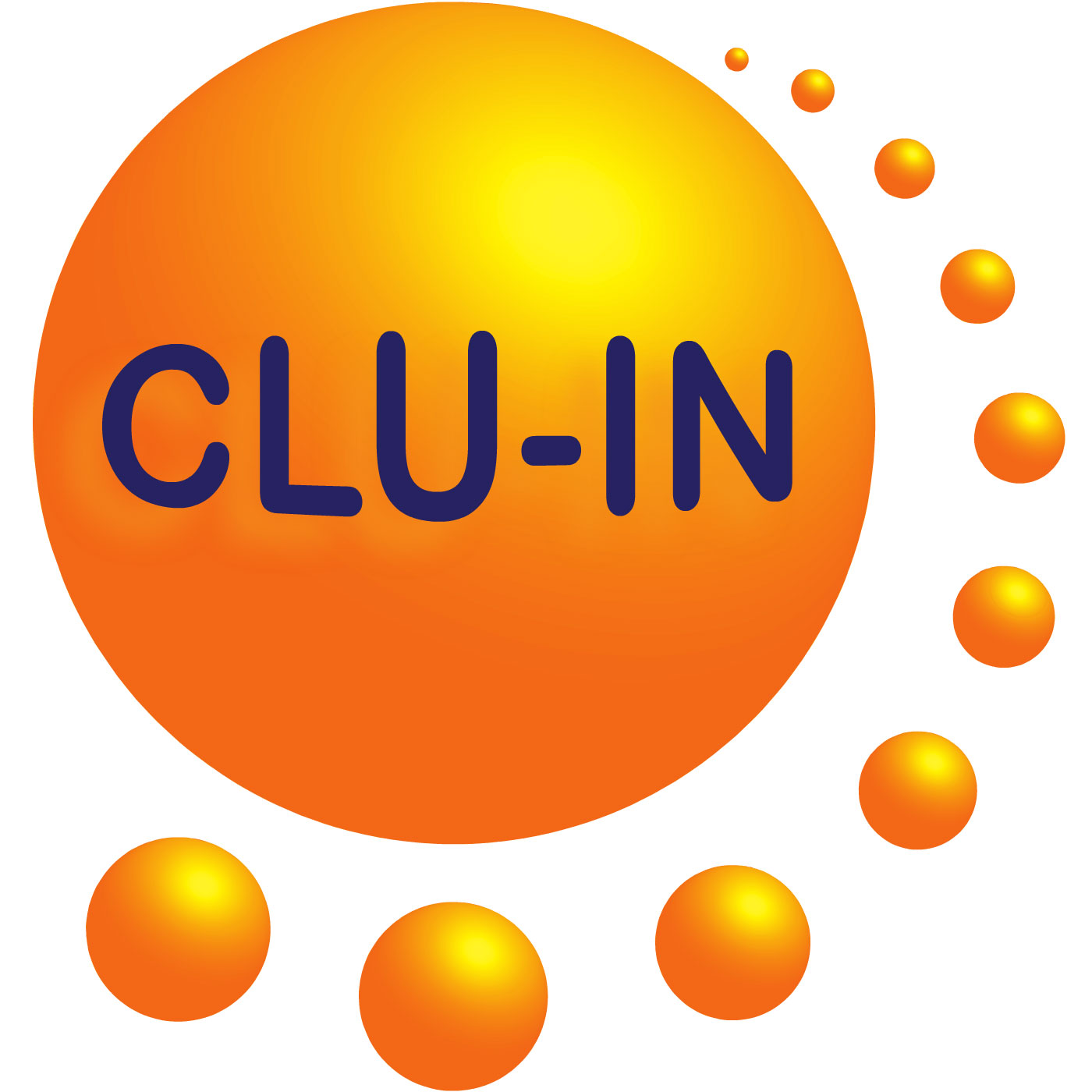Audio for "Vapor Intrusion Mitigation (VIM-1) - A Two Part Series: Session 1," Mar 14, 2024
Description
ITRC's Vapor Intrusion Mitigation training is a series of eight (8) modules, presented over two sessions.
The Vapor Intrusion Mitigation training series provides an overview of vapor intrusion mitigation and presenting information from the ITRC fact sheets, technology information sheets, and checklists (VIM-1, 2021):
Session 1:Introduction & Overview of Vapor Intrusion Mitigation Training TeamConceptual Site Models for Vapor Intrusion MitigationPublic Outreach During Vapor Intrusion MitigationRapid Response & Ventilation for Vapor Intrusion MitigationRemediation & Institutional Controls
Session 2:Active Mitigation ApproachesPassive Mitigation ApproachesSystem Verification, OM&M, and Exit Strategies
When certain contaminants or hazardous substances are released into the soil or groundwater, they may volatilize into soil gas. Vapor intrusion (VI) occurs when these vapors migrate up into overlying buildings and contaminate indoor air. ITRC has previously released guidance documents focused on VI, including the "Vapor Intrusion Pathway: A Practical Guidance" (VI-1, 2007) and "Petroleum Vapor Intrusion: Fundamentals of Screening, Investigation, and Management" (PVI, 2014). However, ITRC has received multiple requests for additional details and training on mitigation strategies for addressing this exposure pathway.
The ITRC Vapor Intrusion Mitigation Team (VIMT) created ten fact sheets, 16 technology information sheets, and 4 checklists with the goal of assisting regulators during review of vapor intrusion mitigation systems, and helping contractors understand the essential elements of planning, design, implementation, and operation, maintenance and monitoring (OM&M) of mitigation systems.
After the Vapor Intrusion Mitigation series, you should understand:How to locate and utilize the VIM-1 fact sheets, technology information sheets, and checklistsThe importance of a VI mitigation conceptual site modelHow public outreach for VI mitigation differs from other environmental mattersWhen to implement rapid response for vapor intrusion and applicable methodologies The differences between remediation, mitigation, and institutional controlsAvailable technologies for active and passive mitigation, and design considerations for various approachesHow/when/why different mitigation technologies are appropriateHow to verify mitigation system success, address underperformance, and develop a plan for discontinuing a mitigation system
We encourage you to use the ITRC Vapor Intrusion Mitigation work products (VIM-1) and these training modules to learn about vapor intrusion mitigation and how you can apply these best practices to improve decision-making at your sites. For regulators and other government agency staff, this understanding of vapor intrusion mitigation can be incorporated into your own programs.
While the training makes every effort to keep the information accessible to a wide audience, it is assumed that the participants will have some basic technical understanding of chemistry, environmental sciences, and risk assessment. As with other emerging contaminants, our understanding of vapor intrusion mitigation continues to advance. This training provides the participants with information on areas where the science is evolving and where uncertainty persists.
To view this archive online or download the slides associated with this seminar, please visit http://www.clu-in.org/conf/itrc/VIM-1_031424/
More Episodes
In response to one of the biggest emerging environmental concerns, ITRC formed the Microplastics Team in 2021 to develop the Microplastics Guidance Document. Plastics have become pervasive in modern life and are now used in a wide range of commercial and industrial applications. Microplastics...
Published 11/07/24
The NIEHS Superfund Research Program (SRP) is hosting a Risk e-Learning webinar series focused on using artificial intelligence (AI) and machine learning to advance environmental health research. The series will feature SRP-funded researchers, collaborators, and other subject-matter experts who...
Published 11/04/24


